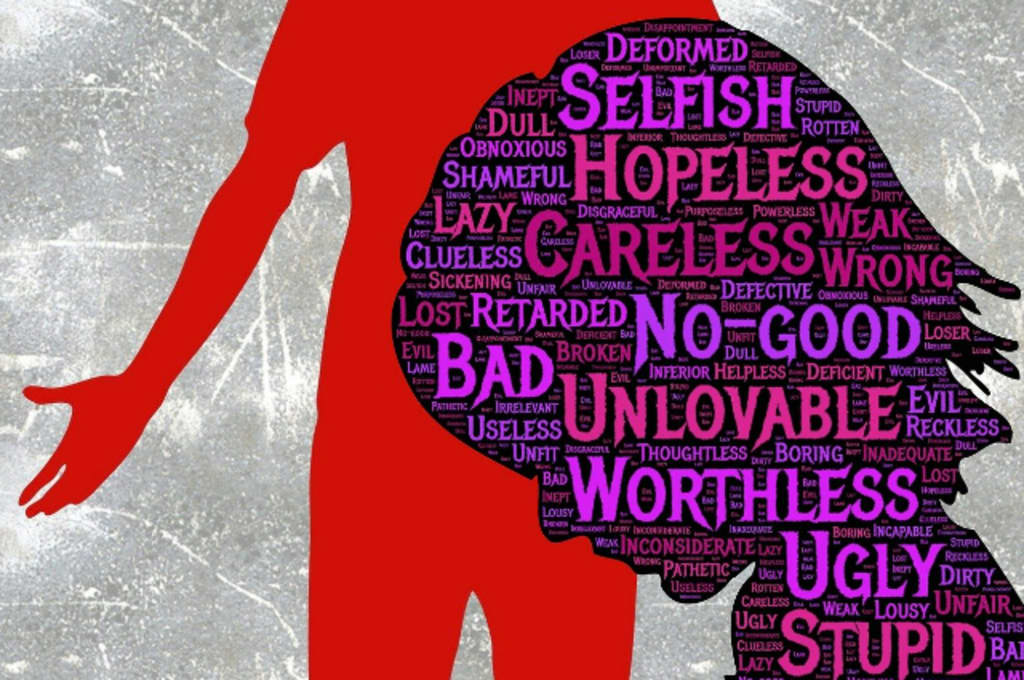The trade-off between Toxic Masculinity and Modern Feminism
Humans are creatures known for their interactions with society. A society lays the breeding ground for the coexistence of multiple dualities to transcend within each other and live in harmony.

Introduction
The resiliency and cognitive tenacity of humans, who are complex beings, enable them to lay the framework for civilizations that bind people together in a feeling of community. Humans are creatures known for their interactions with society. A society lays the breeding ground for the coexistence of multiple dualities to transcend within each other and live in harmony.
As the evolution of society laid its footsteps onto the sands of time, the civilisations that existed adopted their identifications of the respective members onto the spectrum of masculinity and femininity. Though not labelled with a term, gender was believed to be the self-conceptualisation of identifying men as the breadwinner of the family and women to forge to be the nurturer.
The orthodox belief of gender diaspora strengthened the norms of a patriarchal way of living. Centuries down the line gender was identified with binary identities. The prescribed manner of society led to gender discrimination and paved the way for a male-dominated society. It was in 1992 that gender was identified as non-binary for the first time. Non-binary identity of gender included the inclusivity of individuals who did not signify their gender orientation as male or female. It surmounted the individualities of LBTQ, trans and other gender identities.
Indian society is prevalent in identifying itself as a patriarchal and binary society. Though the modern Indian community is adapting to the openness of gender dualities and embracing equity in opportunities for equal representation of gender groups, we still have a long way ahead. In this article, I will highlight the current representation of gender in Indian society and its portrayal in the form of art and media. The write-up would cover the argumentative reasoning of how the existence of toxic masculinity in Indian society calls for a need for modern feminism. I would also highlight what feminism means versus how it is perceived by Indian society.
The Representation of Gender in Indian Society and its Portrayal in Media
Ancient Indian society has conditioned us in perceiving that the man has to be the captain of the house and administers the direction and the woman is the anchor of the family. She holds the house steady and is the nurturer. Dwelling on the preconceived notions of gender-assigned responsibilities, there was no tolerance for woman's empowerment and equity in any realm.
As Indian society progressed in its realm, people adapted to revolutionary changes in their households. The Indian authorities enforced the education of females in both metropolitan cities and rural areas. Indian workforce devised the inclusion of women in their spaces. But the question still lingers, “ How prevalent is the inclusion of women in the social construct and how does Indian society embrace the centricities of gender in the 21st century?”
Numerous Indians voice egalitarian opinions about certain gender roles in the household. For instance, according to 62% of adults, both men and women should be in charge of raising children. But among sizable portions of the population, conventional gender roles continue to be dominant: Roughly one-third of respondents (34%) believe that women should be primarily in charge of child care. Similar to this, a sizable majority (54%) believe that both men and women in households should be accountable for working to earn money, however, many Indians (43%) believe that males should be primarily responsible for this. Additionally, a large majority of Indian people believe that men should have more employment rights than women when there is a shortage of jobs, which reflects the continued dominance of men in the economy. 80% of people concur with this.
Indian society lauds inequality between the genders. It is highly odd to evaluate the identities of men and women using the spectrum that holds gender individual ties. I think we confuse the different male and female gender identities with masculinity and femininity. It is crucial to realise that the spectrum primarily serves as a representation of a person's core ideals. It doesn't appear to be factual but rather subjective in its application to men and women.
We live in a world where gender diaspora encompasses all aspects of one's distinctive individuality and is not just restricted to binary identities. Within the social group, responsibilities should be distributed equally. Non-binary identities that are inclusive of queer culture are unrepresented in major arenas of Indian society.
Portrayal Indian Society in Indian Cinema.
Cinema, media and culture are interconnected with one another. The streaming of a specific kind of entertainment that captivates the general public and sells its content is influenced by the portrayal of culture and values that are accepted by society. Movies produced in this business have undergone numerous creative and technical modifications since the 1950s. When it comes to the industry's female representation, there were initially fewer women working as directors, actresses, producers, scriptwriters, etc. The broad masculine dominance in the background was also visible on the screen.
Female representation grew over time. Interestingly though, the underlying sexism persisted. For instance, female leads or characters in older films were frequently the wives, mothers, or romantic interests of the male leads, intending to support them in their endeavours. The women were there to provide "beautiful reliefs" between the heroes' battles and hardships in real life.
The Indian film industry has advanced in recent years by attempting to shift away from providing entertainment and towards presenting films with a conscious message that has a stronger impact on the general audience.
The cinema community stands up for social issues and is prepared to go through hardships to raise audience awareness. The classic filmmaking method is still used by a sizable part of filmmakers, which may affect audiences. The dualistic relationship between the content of the Indian media and cinematic gateway is marked by the contemporary situation.
Although there has been a concerted effort to modify how women are portrayed in Indian cinema over the past decade or so, the majority of mainstream films still tend to portray women as either the goddess type, the impulsive, illogical, irresponsible type, or the amoral type. There is still a long way to go until women are generally portrayed as balanced characters, at least without such dramatic binary categorization. The domination of toxic masculinist practices leads to the rise of modern feminism in India.
Toxic Masculinity Vs Modern Feminism
Society still has the potential to reflect the stark contrast. Early in the eighteenth and nineteenth centuries, a national movement known as feminism was founded to promote equality in the areas of political, economic, and social freedom. The equality of the male and female sexes in terms of opportunities is what feminism is. When it comes to physical power, men and women are fundamentally different. Talking about strength and physical strength, however, are two phrases that disagree. Physical strength and muscular endurance can differ between men and women.
However, we frequently mention intellectual equality after quoting feminism. In her brief but rambling article of cultural criticism, "What Do Men Want?" by Nina Power, the author critiques many contemporary feminist beliefs and discusses, with varied degrees of lucidity, how she thinks a "graceful playfulness" between men and women may be restored. Applied to men from the underclass and working class, words like "the patriarchy" and "male privilege" are taken to mean "power privilege," which makes them seem unclear and as though they are hiding more than they are revealing.
She contends that liberal feminism has proven all too compatible with corporate capitalism's goals because it is more concerned with how individuals "identify" themselves than with who owns the means of production. In contrast, radical feminism is a worldview that places a strong emphasis on the patriarchal causes of gender inequality, or more, the social dominance of women by males. Modern feminism holds that patriarchy oppresses women and benefits men by dividing societal rights, privileges, and power along sex lines. Modern feminism is opposed to current social and political structures in general because they are based on patriarchy. Feminists essentially emphasise the idea of freedom of choice in their way of living. Modern feminism wants inclusivity of all genders and fair representation of gender groups with a non-binary lens.
Conclusion
The tradeoff between toxic masculinity and modern feminism can be achieved by the holistic inclusion of all genders in its community. Freedom of choice to embrace the way of living an individual deems fit paves the way for an ideal society.






Comments
There are no comments for this story
Be the first to respond and start the conversation.